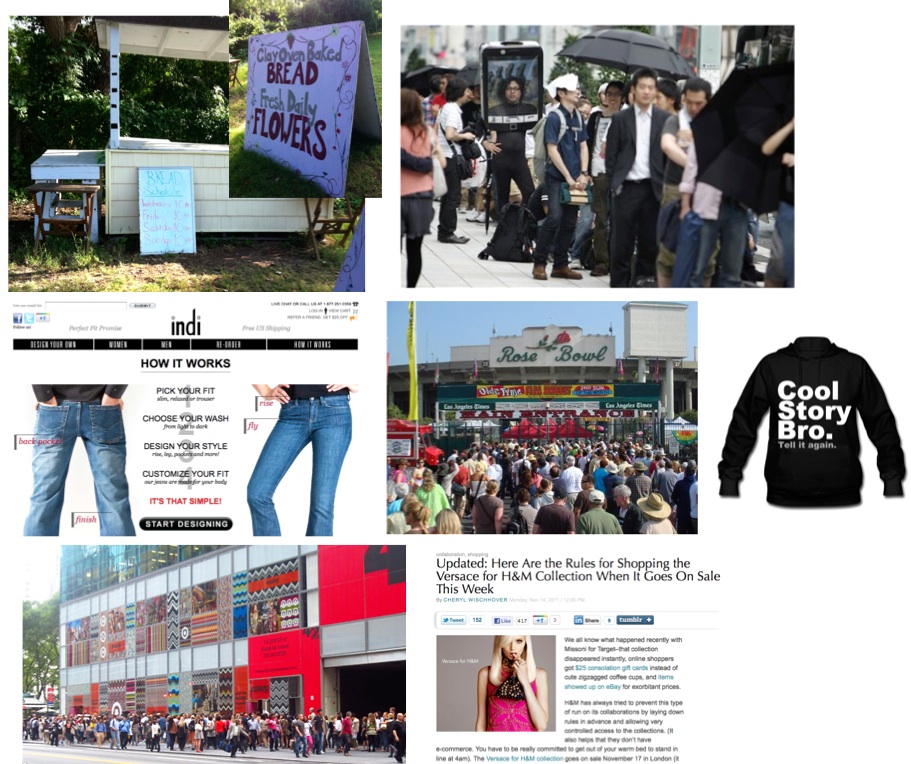The article is written by Renée Whitworth, Strategic Partner at Flood Creative, New York
Brands often receive accolades and envy from their marketing peers for their «storytelling» elements.
The continual backlash to ‘mass’ has resulted in a plethora of artisan, semi-homemade and/or custom products for everything from denim to dog food. And they all rely heavily on the founder’s personal backstory.
It’s fascinating how there are backstories now for bathroom cleaning products which were once reserved for high heritage/high craftsmanship products such as cigars, spirits, leather goods, automobiles, etc. In a sense, to be respected and admired you do not need history anymore so long as you have a story. Believed and accepted stories can become part of the consumer’s story and can also be as powerful for the challenger/underdog brand as a big advertising budget is for the corporate giants. Simply put, narrative marketing often trumps interruptive marketing.
I have spent the last few months bumping into people who take great pride in relating their adventures, using brands and products for enhancing their own life stories. Almost all of the stories revolve around some sort of extraordinary effort. We as a society are rewarding brands and each other for products and actions that involve more than just driving to the store or making a purchase on-line. It’s almost as if the ‘easy way out’ is now unimaginative and well, lame.
Here a few examples of consumers trying to score an “A” for effort among their peers:
• Waiting in line for an hour for homemade clay oven bread in a remote town becomes part of your vacation story. Because to be honest, unless you bring home fresh bread for others to taste the actual bread no longer matters. It was the ‘above and beyond’ act you took to get it.
• Sleeping out the night before flea markets, making the story of where you found that treasured item even more climatic
• Taking extra trips or going outside of your hometown to a farmer’s market, organic or specialty grocery store
• Getting measured and waiting for custom jeans to be made, which turns what was a one-stop shop with immediate gratification into a two-step process
• This week H&M is launching a Versace line, and people are lining up days before the launch waiting for the coveted wrist-band for store entry. This comes after the Target and Missoni partnership debacle. Access is the new excess.
• And let us not forget Apple and the i-phone craze each and every time a new model comes out. One could argue that they started it all when it comes to consumers seeking getting social credit for the ability to suffer and strategize in an effort to be the first.
There are even Jersey Shore t-shirts touting «cool story bro, tell it again» (despite what you may think personally about the Jersey Shore, there is a significant cultural influence here) “Cool story bro…” is a sarcastic response to people having to listen to each other’s lame stories. So now we are even keeping a social score, so to speak, on each other’s stories.
On the one hand, the locavores and/or early adopters really do want to support the underdog, the cause or the fringe. As leaders they really do love your backstory. But once they pass it on, it is the followers who either then become legitimate seekers in their own right, or who just want to do the same thing so that they can have a story to tell.
So the thought I leave you with is…maybe instead of thinking about your story differs from the competition, think about how your brand story reflects your effort and how that it turn will inspire the consumer to make an effort and in turn elevate their personal story.
About the Author
Renée Whitworth is a strategic partner at Flood Creative in New York. Over the last 15 years she has developed a reputation for providing unique insights that help every facet of design come together with a singular, shared focus.

